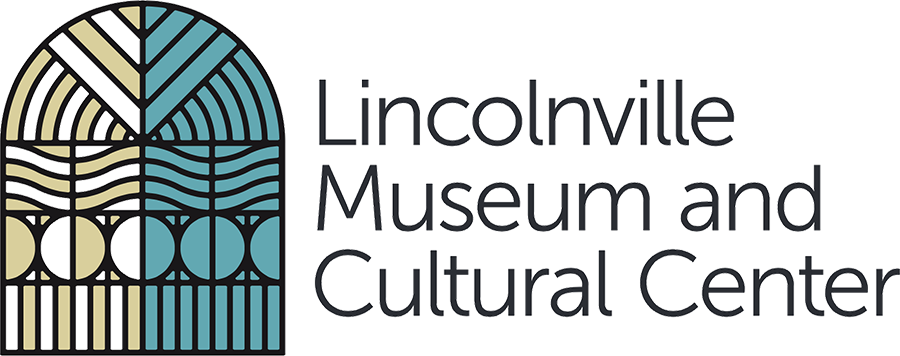Isaac Barrett marker installed at Visitor’s Center
Last week, the Lincolnville Museum and Cultural Center erected the historic marker for Isaac Barrett, a Black farmer who was lynched on June 5th, 1897 by a white mob. Barrett worked and lived on the Hewson family farm. That night the family was brutally attacked by an unknown assailant. Upon hearing a noise, Barrett came to check on the family and got help. The next morning the sheriff arrested Isaac Barrett for the assault. While in the sheriff’s custody, a white mob of masked men stole Isaac Barrett and hanged him.
(Photo of Isaac Barrett Historic Marker, from Jorge Rivera)
Regina Gayle Phillips, executive director of the Lincolnville Museum and Cultural Center, said at the ceremony, “The sheriff made the trip to Orangedale to arrest him but was intercepted by a hooded mob that used lynching as their unjust system of justice. No trial, no jury. Just a lynch mob to judge, reach a verdict, and dispense the punishment of death… Isaac never got that day in court.”
(Photo of the community surrounding the Isaac Barrett Historic Marker, from Jorge Rivera)
The Saint Johns Community Remembrance Project started 6 years ago with Mary Cobb, Regina Gayle Phillips, Trish Becker along with the Equal Justice Initiative (EJI). The goal behind this project was to start a conversation about race relations in St. Augustine and how we can move forward, how we can make this right. The EJI is a national institution that works towards that initiative by memorializing lynching victims through collecting jars of soil from lynching sites across the nation. The jars are housed at the Legacy Museum in Montgomery, Alabama to demonstrate the national impact of racial violence and hatred. Two jars of soil were collected from Orangedale, one at the Legacy Museum and the other on display at the Lincolnville Museum and Cultural Center.
Trish Becker said in her speech at the ceremony, “We discussed really difficult questions that people have a hard time talking about. When you talk about race relations, especially in St. Augustine, it's a very touchy subject for people and a lot of people want to exclude themselves from the subject. We’re here because we want to tell everyone it is okay to talk about it, there was a lot of wrong that happened but let's move forward and make some rights out of this.”
(Photo of the Isaac Barrett Historic Marker with flowers, from Trish Becker)
Some people in the community were not ready for this conversation. Two days after the original installation of Barrett’s marker in 2018, white supremacists stole the marker. Their intention was to suppress the conversation, but it proved the severity and importance of the issue. The first marker was erected outside the city by the river, at the site of the lynching. The new marker is placed at the city’s Visitor Information Center.
“Today we stand here near the city cemetery, that holds the graves of many city founders. We stand here near the city visitor center, a hub of information to disperse to our guests, to tourists, and to historic locations downtown.” said Regina Gayle Phillips.
(Photo of Isaac Barrett exhibit at Lincolnville Museum & Cultural Center, from Spencer Hooker)
Six years after first discussing Isaac Barrett, he finally has his marker. If you're interested to learn more about Isaac Barrett and the impact of his story on the St. Augustine community, please stop by the Lincolnville Museum & Cultural Center.




